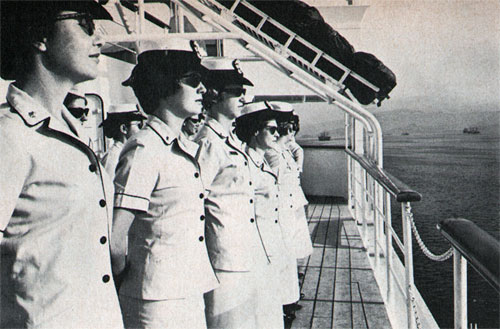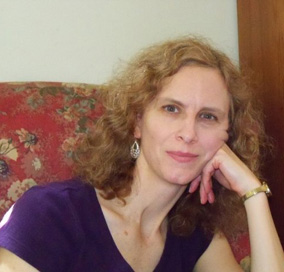
People who read Vietnam War Nurses at the Ready: Seventeen Personal Accounts (McFarland, 244 pp. $39.95, paper; $17.77, Kindle) are in for a real eye-opener. Patricia Rushton has assembled the coming-of-age stories of sixteen women and one man who attended to Vietnam War casualties and other men, women, and children around the world.
Rushton, a retired as a U.S. Navy Nurse Corps Reserve commander, had a career as an associate professor of nursing at Brigham Young University. She served as a nurse in the Vietnam War and in the first Persian Gulf War.
Collectively, the nurses’ spellbinding memories resemble a plot line for a sprawling novel. The autobiographies overflow with recollections of young women coping with death amid the drama and trauma of war. Seven of the nurses served on hospital ships that cruised off the coast of South Vietnam, paralleling nearby action on land. As one of them, Irma Klaetke, said, “We received and admitted our young men right from the jungle.”
Reading about the wounds and diseases encountered by the nurses is like taking a short course in doctoring. Coccidioidomycosis, pseudomonas, and acromegaly were not part of my normal vocabulary. Learning about them in this book was worth the effort.
“Anyone brought to us was cared for,” Carol Brautigam said. “Patients were my whole world.”
“I never grew tired of clinical bedside nursing,” Patricia O’Hare added. “That’s where my heart remains.”
The job took a heavy emotional toll on the nurses. “If there were emotions, we just kept shoving them down. There was nothing related to helping our mental status,” Susan Miller who worked mostly with amputees, remembered. Susan Jackson agreed: “If you are upset, don’t show it in front of the patient.”
As Anne Gartner put it; “You had to be able to let go of what was going on around you.”
Pain and sorrow did not totally dominate the nurses’ lives. With great fondness, they talk about off-duty adventures and life-long associations with other members of the corps.
A primary responsibility of Navy nurses was training hospital corpsmen, Virginia Beeson said. To alleviate understaffing overseas and stateside, doctors often gave decision-making power to nurses, according to Stella Ross.

Beyond the United States and Vietnam, the seventeen nurses worked in Japan, Okinawa, the Philippines, Guam, Hawaii, Puerto Rico, Iceland, Spain, Croatia, Egypt, and overseas during Desert Storm.
Their stories about these adventures are equally as entertaining and enlightening as what they say about the Vietnam War.
It seems only fair to list the book’s other contributors: Elaine Diouhy, Ellen Duvall, Helen Kranz, Janet Price, Elizabeth Roach, and Gloria and John Caffrey.
After I finished reading Nurses at the Ready, I thumbed through the book and read aloud several passages to my wife, Jan. She thought the stories were as captivating as I did.
—Henry Zeybel






